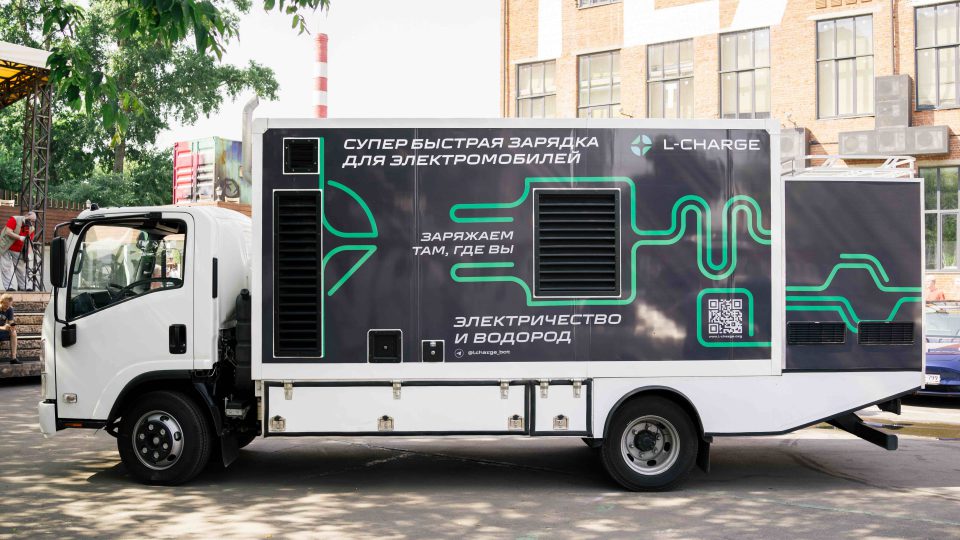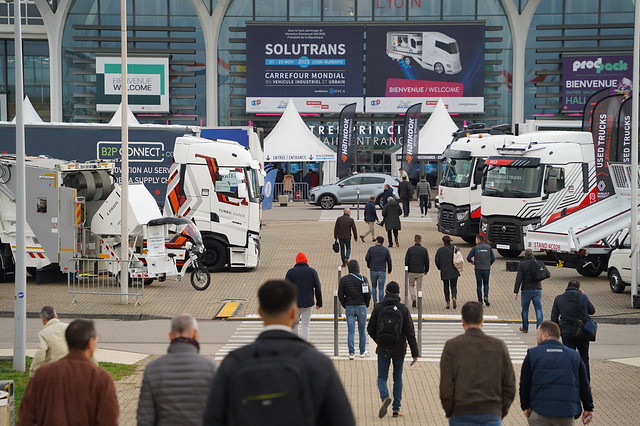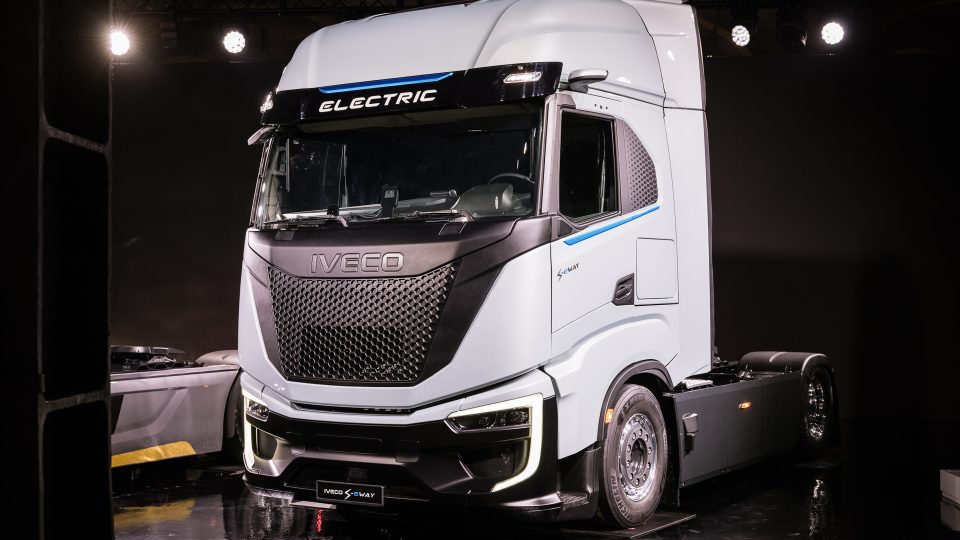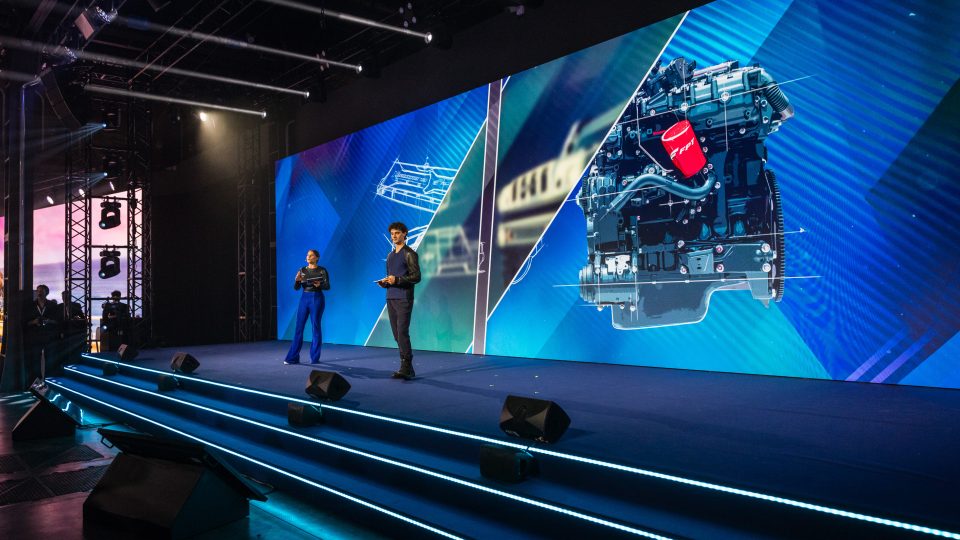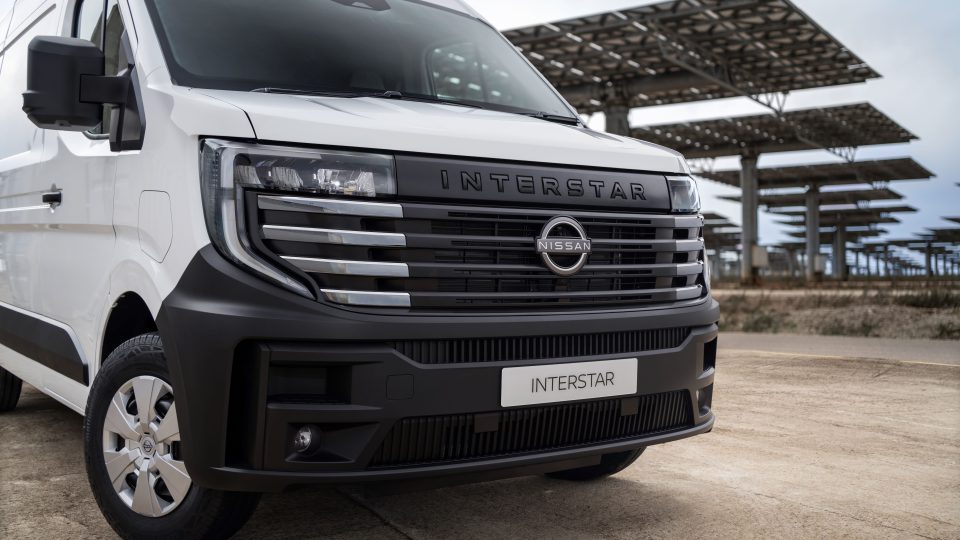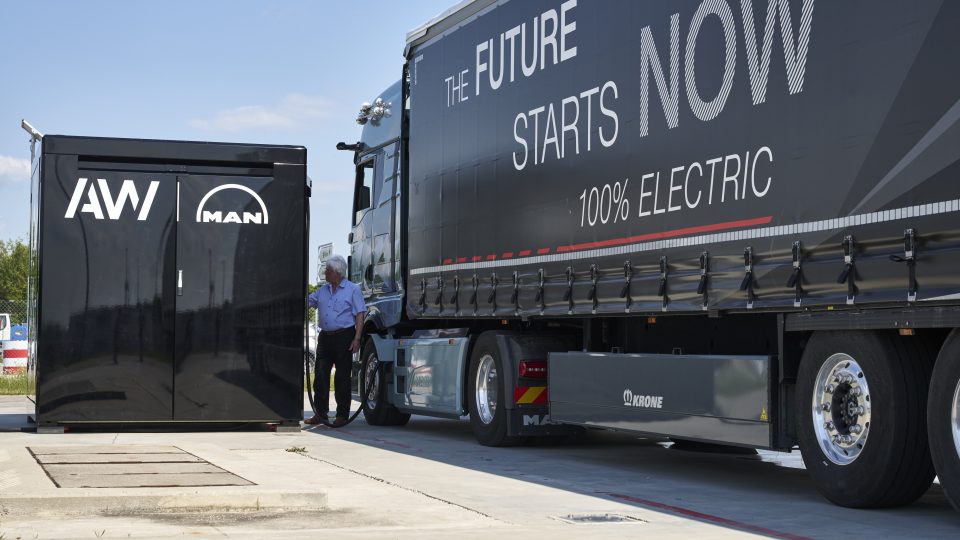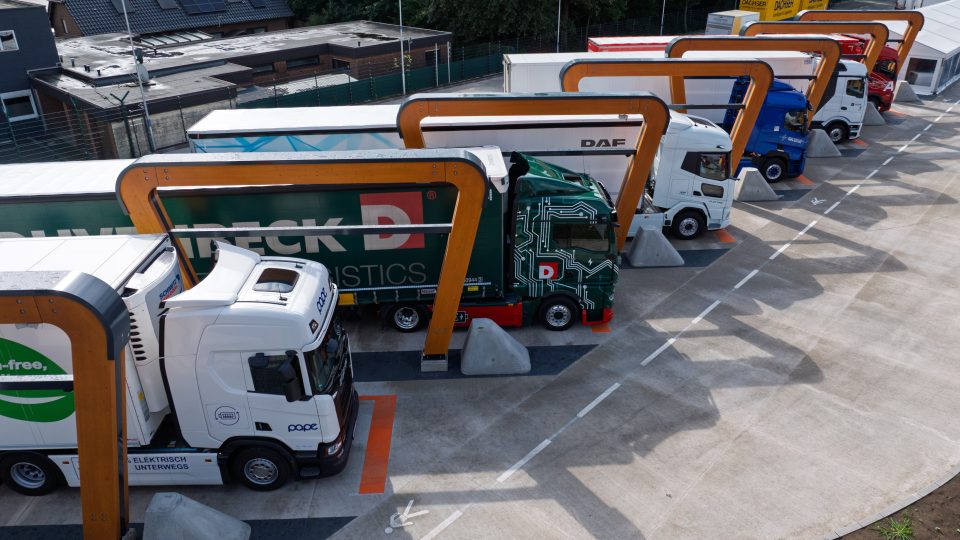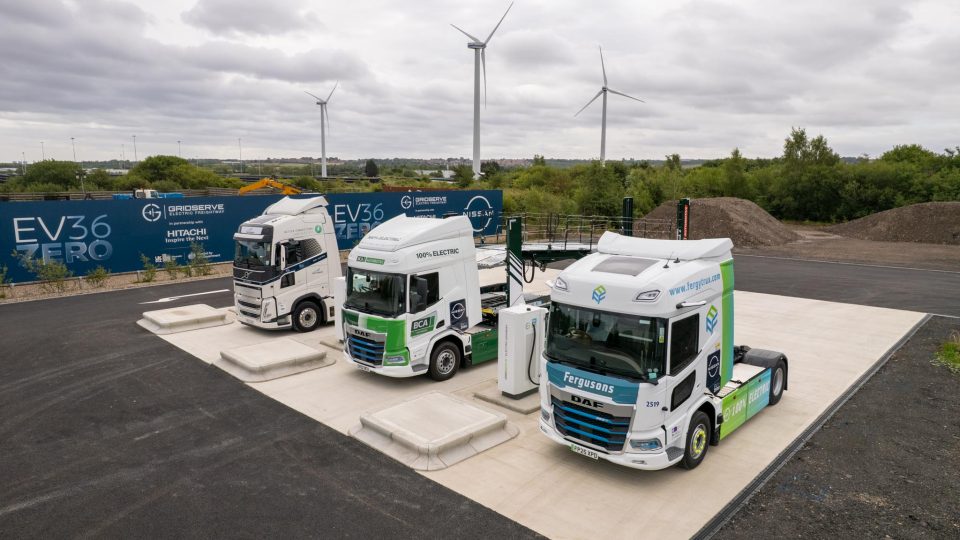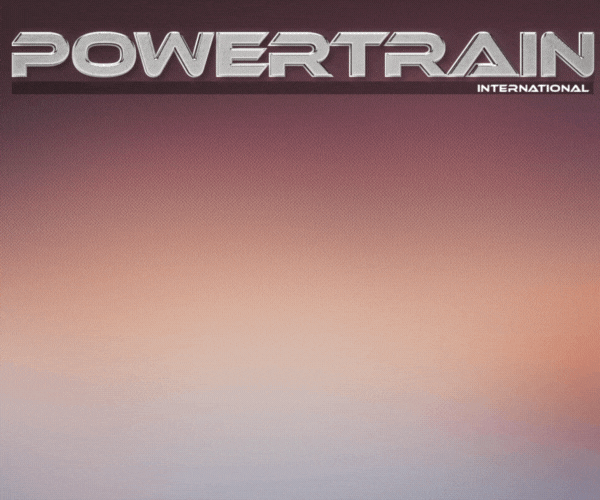A power bank on wheels. ZipCharge launches portable EV charger at COP26 Summit
Packaged neatly inside are high energy density NMC lithium-ion battery cells and associated power electronics. A bi-directional AC-DC inverter enables two-way charging from the grid to the unit, and from the unit to the grid, so the power bank can be used to store cheap off-peak energy and feed it back into the grid at peak times.
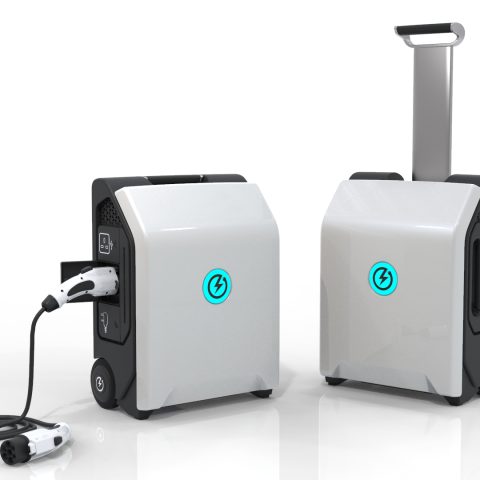
During the COP26 Summit on climate change in Glasgow, London-based company ZipCharge launched portable EV charger, named the Go. It is an innovative way to charge electric vehicles aimed at removing «a common barrier to EV ownership that exists across the world», as stated by the company. Now well into the development phase, ZipCharge is on track to deliver the first models to customers in the last quarter of 2022.
«We’re delighted to be launching the Go at COP26, it’s the perfect place to introduce ZipCharge to the world. In light of the UK Government’s recent Net Zero Strategy: Build Back Greener manifesto announcement, never before has the automotive industry had cause to innovate so rapidly to help us reach a low carbon future. One of the key barriers to wider uptake of EVs is charging anxiety; the inability to charge near or at home. ZipCharge removes that hurdle and in doing so, will democratise EV ownership», commented ZipCharge Co-founder Jonathan Carrier.
ZipCharge’s portable EV charger
Developed by automotive and consumer product designers, the Go has the target to balance form and function, respecting the engineering requirements, with a strong symmetry in its detail design. For example, the power panel concentrates charging functions and status LEDs in a single location to simplify access and makes the Go easier to use, which is mirrored by the scallop for the side grab handle. The front cover can also be personalised in a range of different colours and finishes.
Potrebbe interessarti
Russian L-Charge unveiled rapid mobile charging station for electric vehicles
Packaged neatly inside are high energy density NMC lithium-ion battery cells and associated power electronics. A bi-directional AC-DC inverter enables two-way charging from the grid to the unit, and from the unit to the grid, so the power bank can be used to store cheap off-peak energy and feed it back into the grid at peak times. An integrated communications module supports OCPP compliant smart charging, over-the-air updates, remote diagnostics, and together with geo-fencing and tracking technology provides enhanced security and peace-of- mind. «Our technical approach to engineering the Go as a lightweight, compact and safe charging solution, and then evolving that into an EV charging platform reflects our intention to combine the development of battery-based systems with the lowest future environmental impact possible», explained ZipCharge Co-founder Richie Sibal.
The possibility to sell energy back when not in use
Thanks to the bi-directional AC-DC inverter, the Go power bank becomes a local energy storage device that can arbitrage energy pricing through time of use rates and, when not in use, sell energy back to the grid at peak times. When hundreds of decentralised Go chargers are pooled together they form a virtual power plant that can supply demand side response services to help balance the grid, providing flexibility and resilience.




